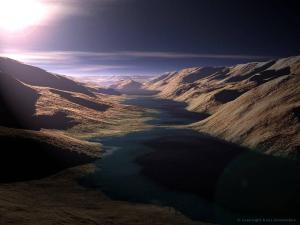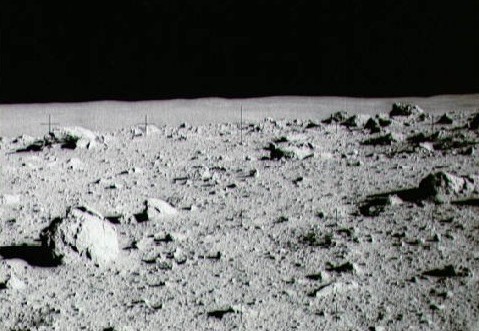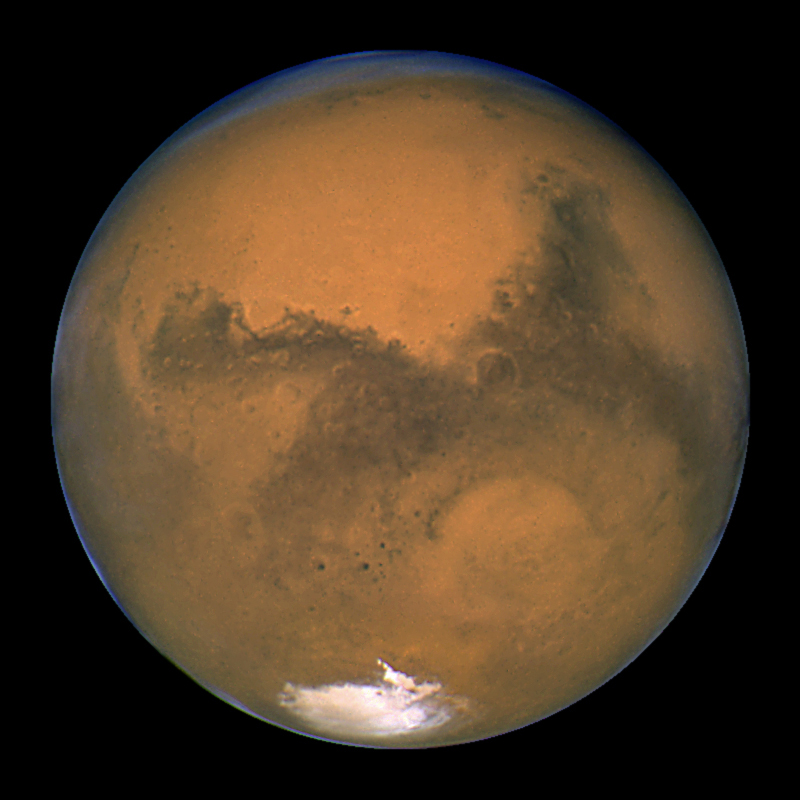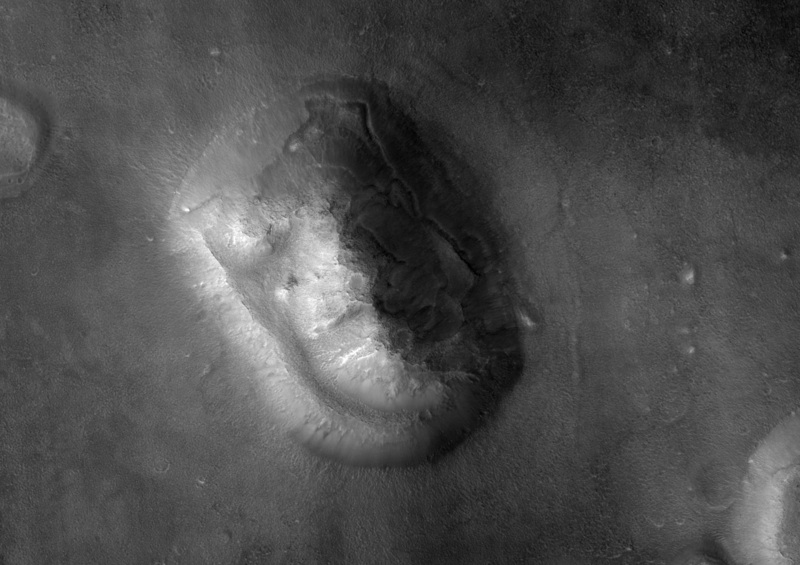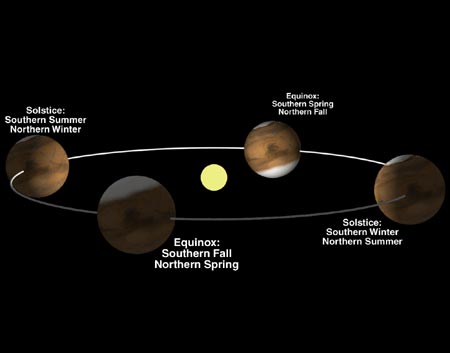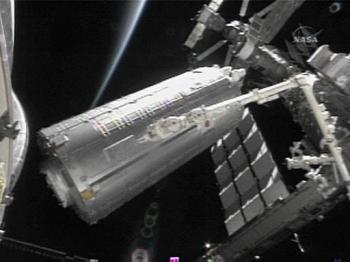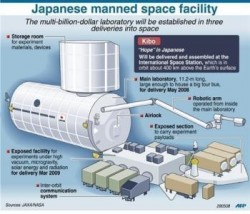Astronomers and cosmologists endeavor to solve some of the great mysteries of the universe. One mystery scientists here at the AAS meeting in St. Louis are seriously trying to address is how to make science more interesting and accessible to the general public. While this issue has little cosmic implications, having a science literate population in our ever-growing technology-based civilization is not just an advantage, but becoming an absolute necessity. In attempt to tackle this concern, a group of astronomers are encouraging others to follow the lead of a concept that seems to be working: Invite the public out for a beer.
Science Cafes, or “Cafe Scientifique,” are billed as places where, for the price of glass of beer or a cup of coffee, anyone can come to explore the latest ideas in science and technology. The people leading these groups are committed to promoting public engagement with science, as well as helping scientists improve their communication skills.
“Beer and science are two things a lot of us love,” said Randy Landsberg, Director of the Kavli Institute of Cosmological Science in Chicago. “We started a Science Cafe just because we thought it would be fun. We wanted to get people engaged to understand the research we’re doing, and researchers to be better at conveying the science. The drinks help.”
Meetings take place in cafes, bars, restaurants but always outside a traditional scientific or academic context.
“We want to provide a fun place to hear about science,” said Landsberg.
The group in Chicago meets at a local establishment that supports the effort by offering free appetizers. Their format is a brief introduction to the topic, (15-20 minutes) with limited visual aids (detailed PowerPoint’s are frowned upon). Then they take a break, get some beer and follow with a question and answer session for about 90 minutes. People can leave anytime they want, and the scientists are monitored. “If the speaker starts talking about derivatives, we try to rein him in,” Landsberg said.
They try to vary the topics. “It’s not all cosmology all the time. We’ve done global warming, flying snakes, biology of gender, and one entitled ‘The Dark Side: from dark energy and dark matter to Washington and science policy.'”
Ben Wiehe, the Outreach Coordinator at WGBH Educational Foundation in Boston, has been instrumental promoting Science Cafes with PBS’s NOVAscienceNOW. “Science Cafes are taking place in a lot of bars, coffeehouses, bookstores, churches, and even hardware stores. You want to go where your audience is naturally gathering anyway,” he said. “If you want teens to show up, you may have to consider whether you want to meet at a bar. But you can choose a library or some other place. Where and when you have your meetings will help determine the demographics.”
Wiehe said “field research” (i.e., checking out the local bars) is necessary to help choose a location. But the main goal of Science Cafes is to reach out to new audiences of people who don’t normally talk about science.
Surveys of Science Cafe attendees are overwhelmingly positive about the experience, with comments like, “I love coming to these. Please do this more!” and “Beer + Intellectual Stimulation = Fun.”
To keep the size intimate, the Chicago group has resorted to requiring tickets (free) to attend. They have 385 people registered on their email list, but want to limit attendance at any one event to 50-70 people.
R. J. Wyatt from the Southern California Academy of Sciences says for their Science Cafes, he likes to get people to consider alternate possibilities. “Sometimes we want to cover topics that are edgy and confrontational,” he said. “If we can assuage anyone’s fears, and get them fascinated about science you can shift people’s thinking in how they think about themselves and their world.”
Venerable cosmologist Michael Turner offered a speaker’s perspective on how to best choose a speaker.
“It’s a theorem that someone who gives a good public lecture is not necessarily a good Cafe Scientifique choice,” he said. “You’re not doing a lecture. It has to be spontaneous and extraordinarily flexible. Shorter is better, and if you’re talking about astronomy you can just show astronomical pictures, and do a four star presentation.”
Turner added, “Loose ends are really important. If you’ve explained everything and its absolutely perfect, then there will be no questions and no follow up. There has to be some ‘hanging chads’ to get people engaged.”
For more information about finding or starting a Science Cafe, see the links above, or NOVAscienceNOW’s Science Cafe page.

